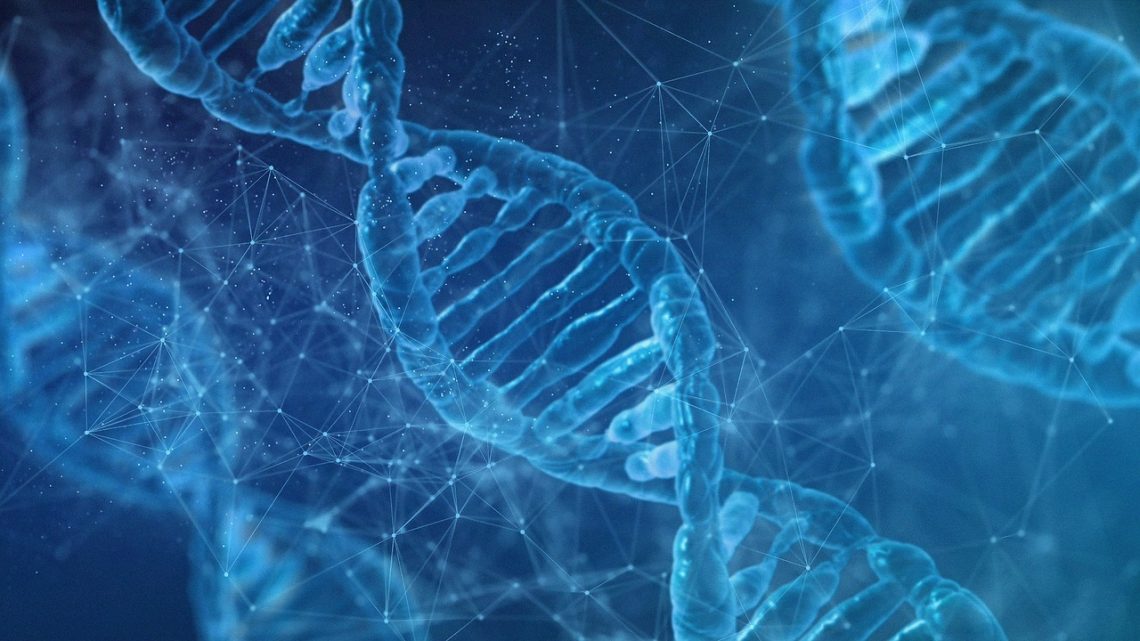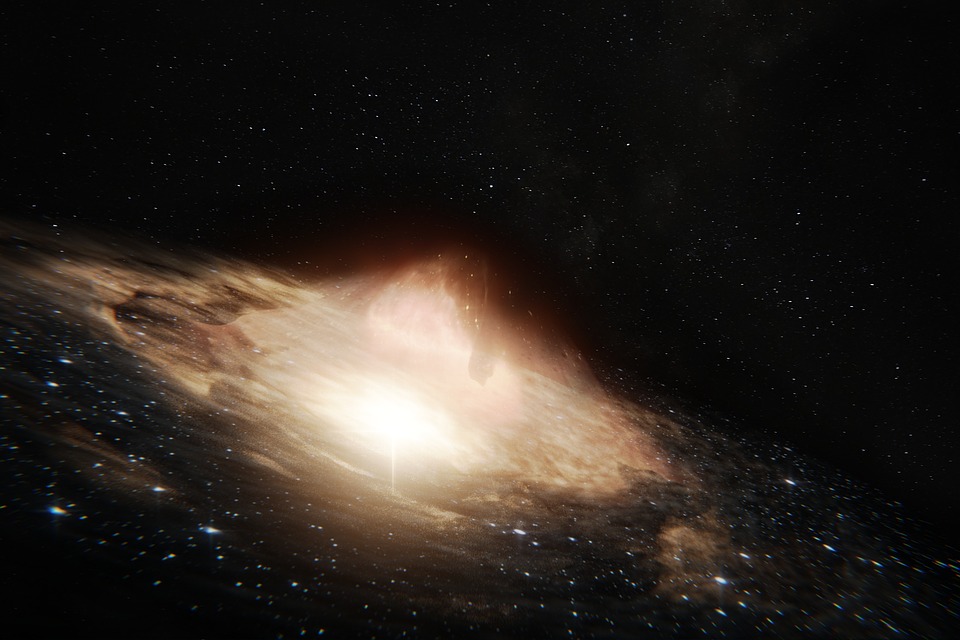
DNA Decoded: 5 Amazing Secrets of Genetic Information
Deoxyribonucleic acid, better known as DNA, is the genetic code that holds the blueprint of life for all living organisms on Earth. Its intricate structure and functions have been the subject of extensive scientific research and fascination for decades. In this blog, we’ll dive into the world of DNA and unveil five amazing secrets of genetic information that make this molecule a cornerstone of biology and genetics.
-
The Universal Language of Life
DNA is often referred to as the “universal language of life” because it is found in all living organisms, from bacteria to humans. This commonality suggests that all life on Earth shares a common ancestor, and DNA is the ancient code that has been passed down through countless generations. The genetic information encoded in DNA is responsible for the vast diversity of life forms we see today.
-
The Double-Helix Structure
One of the most iconic images in science is the double-helix structure of DNA, first elucidated by James Watson and Francis Crick in 1953. This elegant, twisted ladder-like configuration is composed of two long chains of nucleotides held together by complementary base pairs (adenine with thymine, and guanine with cytosine). The double-helix structure not only serves as a protective package for genetic information but also plays a critical role in DNA replication and gene expression.
-
The Information Storage Capacity
DNA is incredibly efficient at storing genetic information. It’s mind-boggling to think that all the instructions necessary to build and maintain an entire organism, whether it’s a simple bacterium or a complex human being, are encoded in this molecule. In fact, if you were to unravel the DNA in a single human cell and stretch it out, it would be approximately two meters long. Yet, it fits into a cell nucleus that’s just a fraction of a millimeter in size.
-
The Code for Proteins
One of the primary functions of DNA is to encode the instructions for building proteins, the cell’s workhorses. This process begins with the transcription of a gene into a molecule called messenger RNA (mRNA), which then carries the genetic code from the nucleus to the ribosomes in the cytoplasm. There, the ribosomes read the mRNA sequence and assemble amino acids into a protein according to the genetic code. This intricate dance of molecular machinery is essential for the structure, function, and regulation of every cell in your body.

-
The Errors and Mutations
While DNA is remarkably accurate in copying itself during cell division, it is not infallible. Mistakes can occur, leading to mutations in the genetic code. Some mutations are harmless, while others can have significant consequences. Mutations are the driving force behind genetic diversity and evolution. They can give rise to new traits and adaptations, which may be advantageous or disadvantageous depending on the environment. Studying these mutations provides valuable insights into the history of life on Earth and the mechanisms behind genetic diseases.
DNA is a molecular masterpiece that holds the secrets of life itself. Its universal presence, elegant structure, immense information storage capacity, role in protein synthesis, and susceptibility to mutations are just a few of the amazing secrets that make DNA a subject of endless fascination for scientists and a cornerstone of modern biology.
Understanding DNA has revolutionized medicine, genetics, and forensic science, and it continues to unlock new frontiers in biotechnology and synthetic biology. As we delve deeper into the mysteries of DNA, we gain a better understanding of our own origins, evolution, and the complex web of life that surrounds us. DNA truly is the code of life, and decoding its secrets has opened doors to countless scientific discoveries and advancements, making it one of the most extraordinary molecules in the natural world.
You May Also Like

The Origin Of The Universe – The Big Bang And Steady-State Theories (Part 2)
2021-11-11
Quasars: An Astronomical Enigma of Time
2021-08-24


